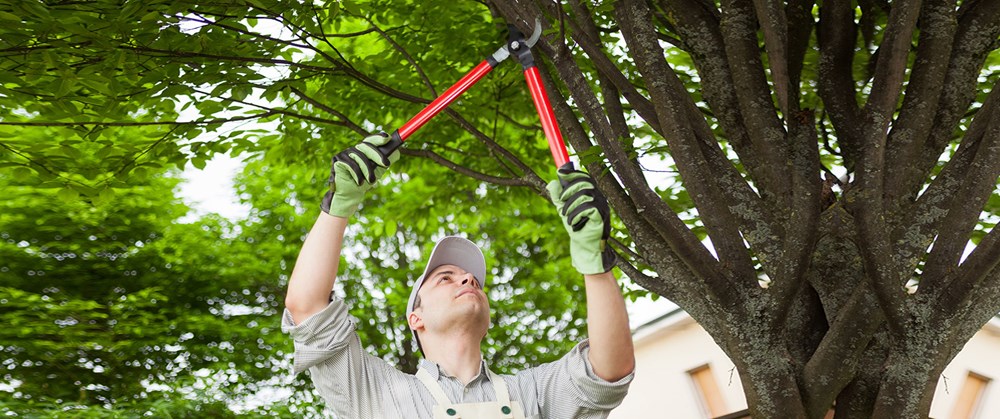What You Need to Know About Tree Trimming and Pruning
By Mark Watson
Have you looked out your window and realized that your trees are looking a little . . . well, shaggy? If so, you're not alone as millions of Americans hire professionals every year for tree pruning. It may seem easy enough to grab a ladder and some shears and get to work, but there are a lot of concerns to consider before you start a tree trimming career! Keeping your trees in tip-top condition not only helps protect your home and property from hanging or falling tree limbs but also boosts the curb appeal of your home. These details will help you make an informed decision about properly trimming your trees.
Reasons for Tree Trimming
Whether your home is surrounded by hundred-year-old trees or you have just a few smaller trees that you need to service, you may be wondering about the benefits of regular tree trimming. Pruning, or trimming, a tree allows you to reduce the possibility that dead or decayed material in the branches could be shifted to other trees that are healthy. Another reason many people trim the trees on their property is to allow more sunlight to filter through to the ground. This helps to reduce the overall possibility of mold and mildew by drying up the ground and allowing the plants underneath the tree to receive the sunlight and nutrients that they need to grow successfully.
The safety of your family and the security of your property and that of your neighbors is also a key reason why people choose to schedule a quick trim for their trees. If you notice that a tree has a decayed or dying limb, there is always a possibility that the limb could fall during a storm and cause damage to your home or property -- or that of your neighbors. A quick trim may cost a bit, but it will be much less than the liability that you would face if the limb fell into your neighbor's home and ruined their expensive roof!
Finally, aesthetics are another reason why tree trimming sounds like a good idea. If you've recently upgraded your home's exterior, such as adding new siding or windows from Exterior Medics, you may find that cutting back some extra tree growth will add to your home's curb appeal and really showcase your updates.
Tips and Techniques
There are standards set for the correct pruning of trees, including the tools and implements that should be used for cutting as well as advanced techniques and methods. Standardized language has been created around pruning so you can be sure that your arborist is presenting you with the ideal recommendation and you can compare estimates between similar organizations. Poor pruning can damage your tree for its entire lifetime, so it is critically important that you find someone who deeply understands your trees and how to properly care for them. Following these tips will help keep your trees looking terrific after their trim:
- Don't remove foliage at a rate of 25% or greater
- Don't tackle a pruning job yourself that requires you to go within 10 feet of a power line
- Do encourage side branches to grow from angles that are approximately 30% vertical
- Always sharpen your tools before use. Dull cutting implements can needlessly damage trees
- If the canopy of leaves is very dense, thin it out to improve air and sunlight and reduce decay
- Maintain a solid tree structure by reducing co-dominant leaders, or branches that grow near the top of the tree that both grow upwards
- Prevent storm hazards such as low limbs that extend over a walkway or garage
- Late fall through early winter is the ideal time to prune your trees
- Tree dressing or wound dressing may actually slow the healing process for your tree
When you follow these tips, you'll find that your home's aesthetic value and the health of your tree and property will continue to grow. This essential maintenance project allows you to boost the curb appeal and frame your home with a lovely, growing wreath.